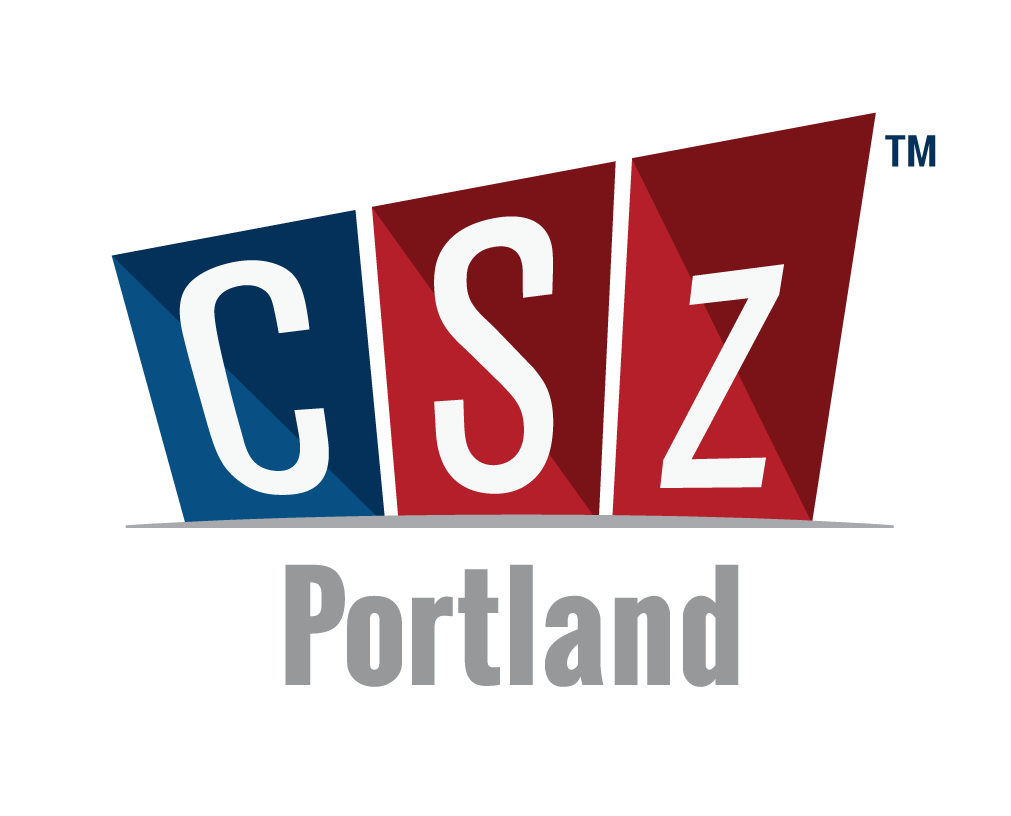LEGO
/What do you learn from building with LEGO?
They're just pieces of plastic that kids play with.
In April 2013, I participated in a workshop led by Aneta Key, Chief Executive Muse from AEDEA Partners, LLC (aedeapartners.com) in the Bay Area. One portion of it was devoted to building a "library" using LEGO pieces. A group of us had to share a bag of bricks and other parts, while each quickly designing and constructing our own library.
We had to begin and complete the project with very little instruction
Each of us had to decide what was meant by a "library"
We had to use what was in front of us
We had to deal with sharing limited resources
Some of us even had to negotiate trades for the pieces we needed
Following the building, we were given some time to "present" our designs within our groups, and then to respond to each others' presentations.
In my own small group, we had interiors, exteriors, whole libraries, parts of libraries and a a representation of a "digital library" - someone built a computer server with their LEGO pieces.
- What different approaches did people take?
- What can we learn about people from the approach they took?
- What did each of us bring to the process?
- What did each person focus on in their presentation?
It took me a couple of months to get my LEGO kits together; I convinced my teenage son to part with his bucket of LEGO pieces (delivered to my office with a laugh). After a couple of hours of sorting and dividing, I headed off to the store for a set of "plain" bricks to give the sets enough pieces so that 4-6 people could share them. (Do you know how hard it is to find plain LEGO bricks? If you want to build Hogwarts, you are in business, but just old school bricks are hard to find.) I persevered, and found a 650 piece set. Later, I found out about a used LEGO store, so Alex Falcone and I went there after a nearby corporate workshop and bought a bunch of flat pieces - bases, if you will.
So I'm set - we have 8 big Ziploc baggies with a variety of pieces in them.
We used this exercise 5 times in the first week with wildly different groups:
- College textbook salespeople
- Property management maintenance guys (yes, ALL guys)
- A gathering of the Applied Improvisation Network Portland Local Group
- High school grads in a "pre-work" program sponsored by the public schools
- Middle schoolers in our CSz Summer Camp
In one amazing week, we witnessed colleges, apartment complexes, restaurants, places to work and tree houses being built. Many tree houses included pools, flying ability, an aquarium and amazing ways to climb aboard. My favorite college looked like a microscope. One of the apartment complexes featured an unpaved part of the parking lot - "we haven't paved that part yet."
All we did was play with LEGO, but we also learned about:
- Imagination
- Cooperation
- Making do with what we've got
- Recapturing a sense of play (even a couple of middle schoolers needed help with that)
- Just starting and seeing what happens
- Designing improvisationally
- Failing often
- Presentation skills
- Building on others' ideas
- Sharing experiences from our selling stories
- What's most important to us in doing a good job
- Gibberish skills - expressing our design without real words and seeing what we're able to communicate
Is that all?
What have you learned?
Patrick Short has been teaching applied improvisation for business since 1989, used Duplos (large, little kid LEGO pieces) in an exercise he's always called, "LEGO", and now he has a naming problem. Follow him on Twitter @patrickshort4




